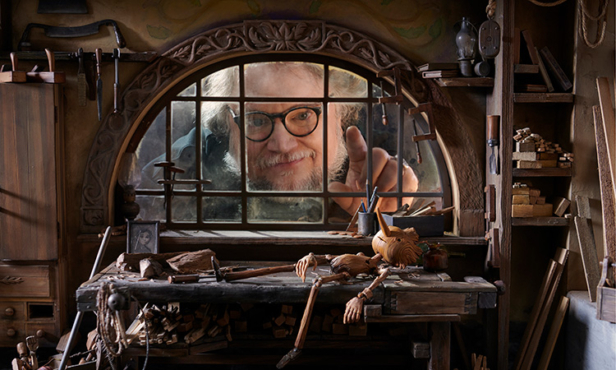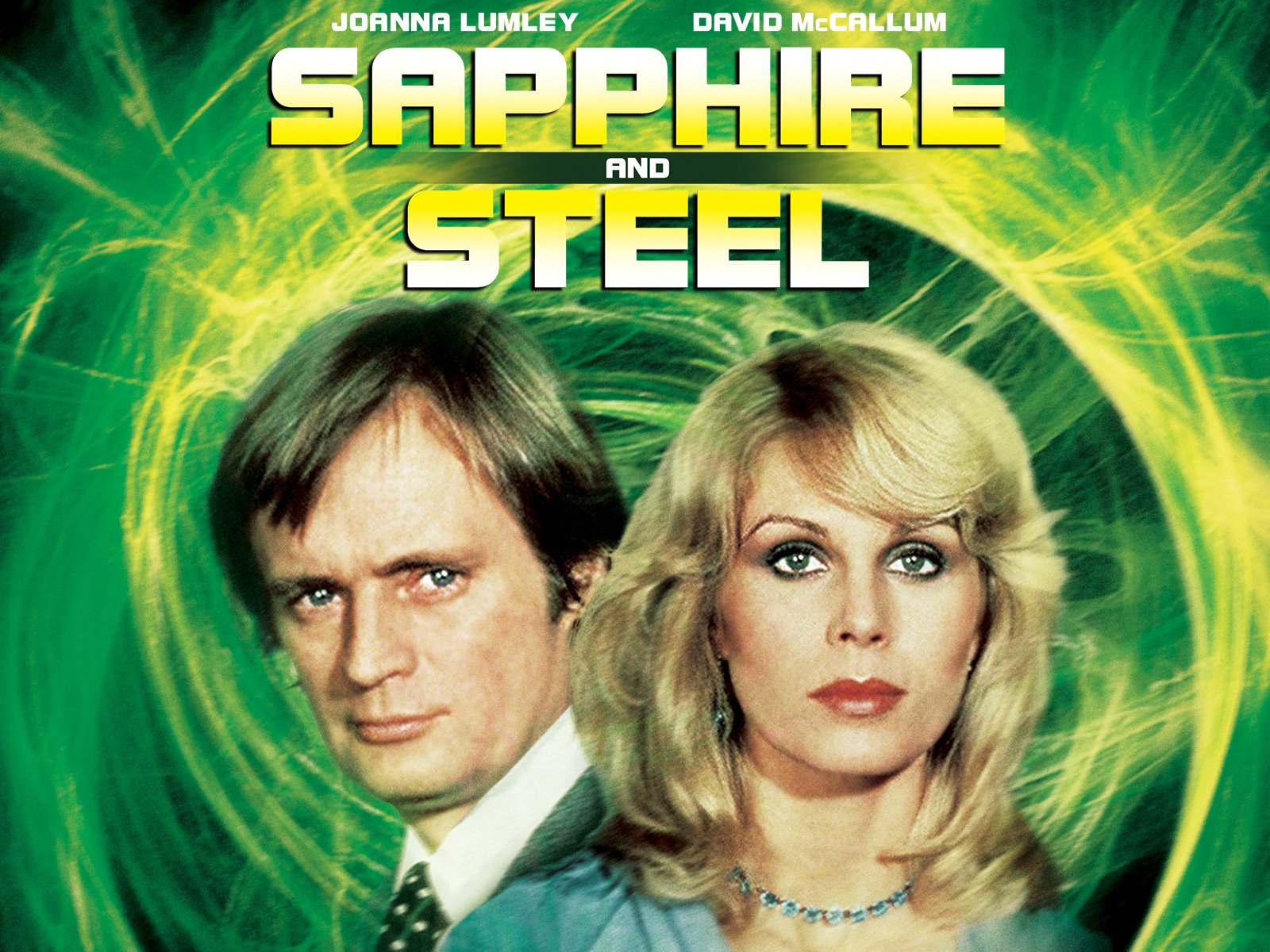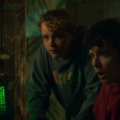“I’ve been a contrarian for thirty years and I intend to continue”, says Guillermo del Toro. It’s something he very much has in common with his screen version of Pinocchio which he co-directed with Emmy Award-winning animator Mark Gustafson.
Speaking to us at the London Film Festival, where the film had its world premiere in October, their love for the art of stop-motion animation and the people who make the magic happen is apparent.
Part of the deal with Netflix, who are distributing the film, was that they would have complete creative control and that pays off with the film a technical marvel and a dark, provocative adaption of Carlo Collodi’s novel Pinocchio.
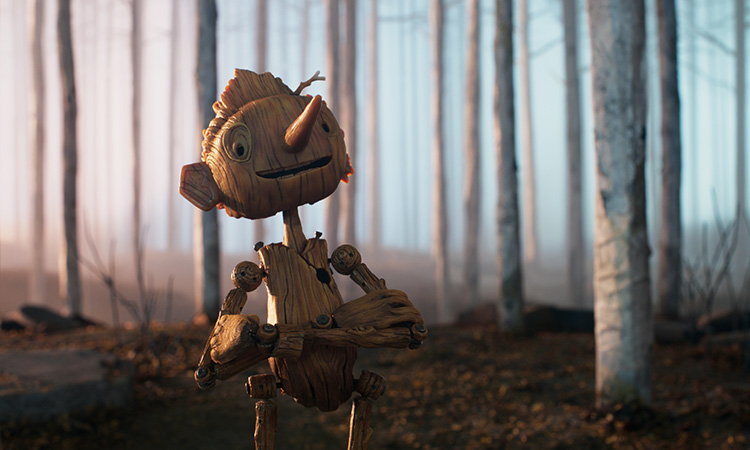
Set in 1930s Italy, with the rise of Mussolini a huge factor in the narrative, it’s a compelling attack on fascism, a love letter to disobedience, and a poignant reflection on grief and the father/son relationship.
“It is a Pinocchio that is loaded with grief but also with life-force”, explains del Toro. “It’s a very life-affirming story but very deep and emotional. It’s one that focuses on disobedience being a virtue. It’s one where everybody transforms around Pinocchio rather than transforming Pinocchio and that speaks of the time and the political context, and the difference between ideologies and ideas.”
It was important to Del Toro and Gustafson to bring that level of integrity to their production, and to place a spotlight on the animators behind the stop-motion, who they referred to as actors on set.
“The only thing you want to guarantee is sort of the structural barrier between the artist and the economic powers,” explains del Toro. “You want to guarantee that they will be isolated from interference. We wanted to make something that was painstakingly made by humans, to return control of the animation to the animators. The bond between the puppet and the animator is incredibly beautiful and sacred. If I had been untrue and in the middle of the story I go, well, we tested the movie and the studio wants this… it would be a betrayal of everything we promised in the beginning.”
Gustafson elaborates saying: “I think that’s a very subversive idea in a way. We could change the story however we wanted but in the end, it came down to our instincts. We’re not doing anything simply because we can. It was always in service of this central idea and theme.”
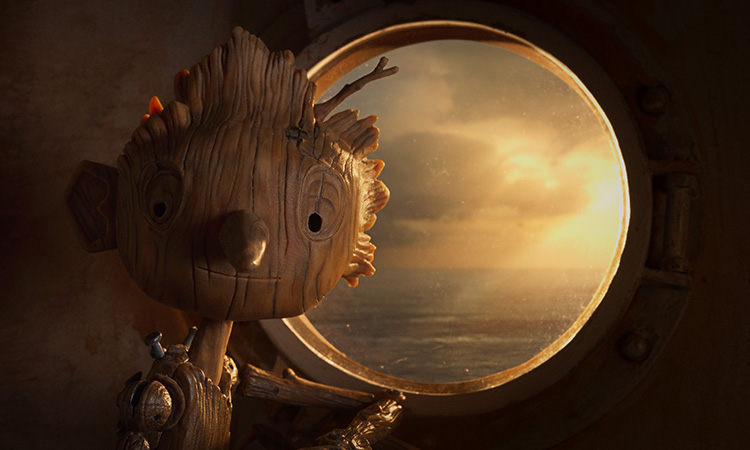
Across the globe, there are so many frightening instances of fascism, injustice and bigotry. Acts of rebellion take great bravery and sacrifice, for example the ongoing Masha Amini protests in Iran speak to how much risk is involved in speaking out and standing up for what you believe is right.
When we suggest that it’s incredibly scary to take a stand, del Toro says: “I think it’s more scary not to be rebellious. If you think rebellion is scary, try obedience and see where it gets you. Pinocchio stays true to himself. The only lie that is acceptable, is to not lie about who you are. The fact is that fascism is very prescient and it’s something that humanity seems to return to cyclically. You have to wonder why, and then you have to realise that there is a collective tendency to like, to obey, and to release yourself into obedience and following an ideology that you didn’t come up with, but people tell you is true.”
Gustafson continues our discussion, leaping in to explain what Geppetto represents, saying: “We have a central character in Geppetto who occupies the same space that a lot of people do. At the beginning of this story, he’s obedient himself. Everybody likes him. It’s a very comfortable place to be. Then Pinocchio comes along and starts breaking everything! Geppetto really does occupy that space that a lot of normal people do who think, ‘I don’t have control over this, what can I possibly do?’”
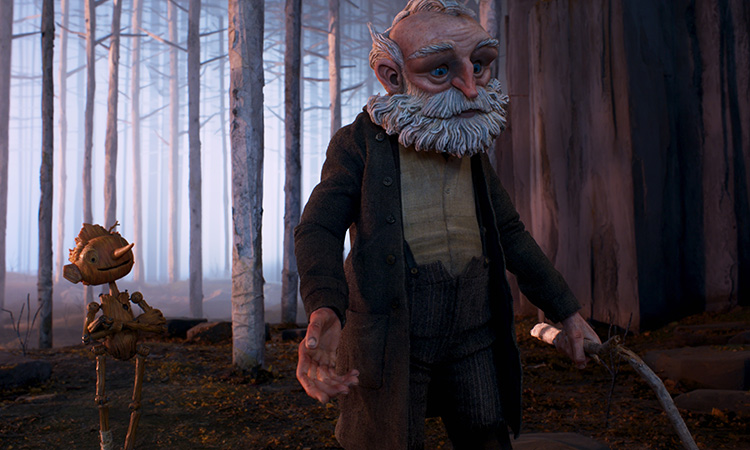
Del Toro quickly chimes in to add: “It’s also about the fact that Geppetto is an artist and art has to be created to be undomesticated. He releases art into the world that not everybody likes. This is not a Pinocchio that lands peacefully in the town and everybody likes him. Everybody is afraid of him and everybody starts wondering how they will control him. That’s more real, and more now for me. Right now the greatest danger we have is we’ve never been more communicative and less in contact with each other. We find enemies everywhere. Everybody is the other. Ultimately they make you look at everyone with suspicion, except the people oppressing you from above. That is very much in this movie.”
Visually del Toro reflects that oppression in his colour scheme, with vibrant red and blues that eventually disappear the deeper the characters plunge in to the fascist regime. As the film continues, it strikes a realist tone in juxtaposition to the more surreal elements including the beautifully rendered Blue Wood Sprite (Tilda Swinton).
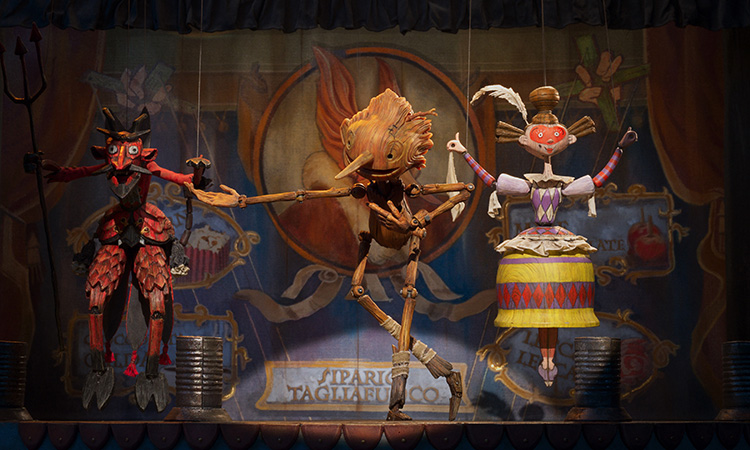
“There is a fantastic element that is deranged and very brutalist in Mussolini architecture of the time”, explains del Toro. “We referenced it. There was this monumental piece of architecture with a giant M that we found in our reference photographs and what we decided to do was to suffocate the colour out. There’s a colour that has the dread of control, fascism and war and that’s red. We were very careful in the movie that red is related mostly to that or war.”
Gustafson concludes saying: “And the shapes are there too, in a way that dehumanises you or makes you feel insignificant. It’s so big that you look at it and you go, ‘I don’t matter in this scheme of things so I will submit to this power which is all around’.”
Pinocchio will be released on Netflix on 9 December. Read our review here.
(Main image credit: Jason Schmidt/NETFLIX)
